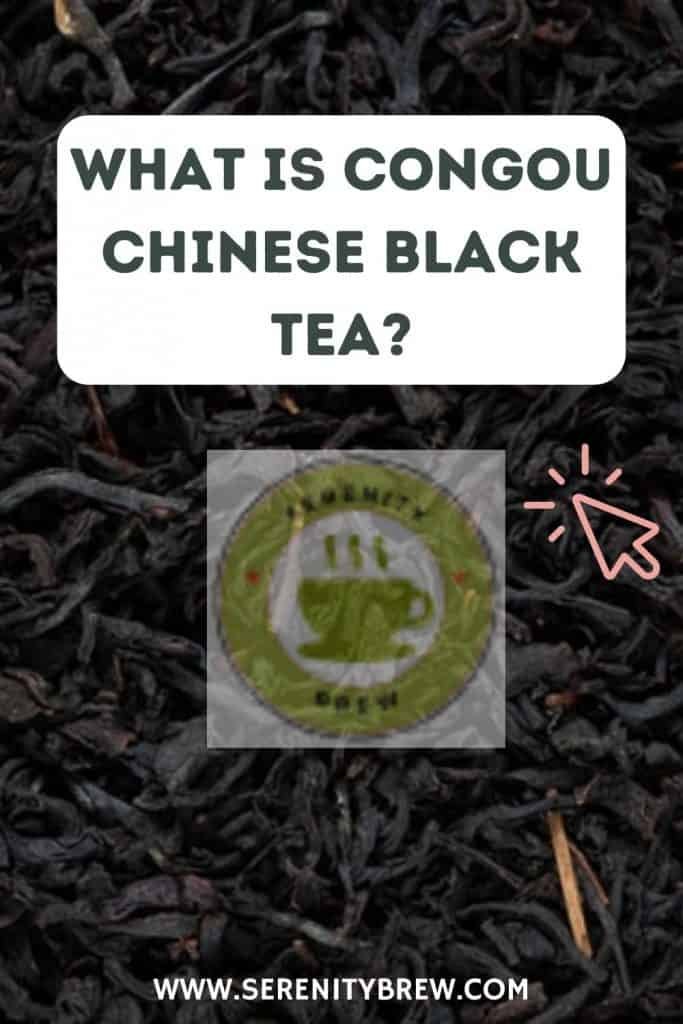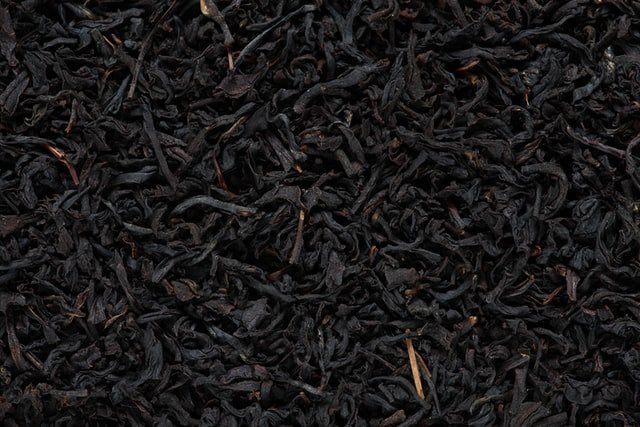
The name Congou, a romanization of the Chinese term gongfu, is used to group various select Chinese black teas. Gongfu tea is made from finely rolled high-quality whole leaves. In fact, its name refers to the enormous manual work required to make teas when harvesting, drying, and rolling were done by hand.
Currently, the term Congou is used inconsistently in the market. Let’s see what characterizes a true Congou.
Congou elaboration
Like all teas, the history of Congou begins with Camellia sinensis, the plant from which the leaves are obtained to make it. Particularly, Congou tea is produced in the Qimen lowland regions of southern Anhui province.
Harvesting is carried out manually to respect and protect the properties of the plant. Thus, the collectors collect different kinds of leaves (buds, large and small leaves…) which, later, are classified to make different varieties of tea.
To prepare Congou, the whole leaves are used (remember that other varieties of lower quality tea tend to use parts of the leaves) and then they are subjected to mild tearing processes that favor oxidation. Let us remember that oxidation is precisely what distinguishes black tea from other varieties and creates its characteristic intense flavor and dark color in the cup.
The leaves undergo an oxidation process in hot chambers (reaching 28°C) with 90% humidity. In this way, the intensity is softened and interesting nuances are gained that you can later discover in the cup.
Afterwards, the leaves are dried in woks placed over fires to stop oxidation and achieve the best preservation of flavours, aromas and colours.
Congou classes
There are different types of tea that are often included under the Congou category. Probably the most recognized version is the Keemun Congou, which is often used in the tea ceremony; however, it is not the only one of the classes that you can taste.
Among them stand out:
- Keemun Congou: It is delicately brewed to make the tea leaves look like needles. Being a high quality tea, its leaves are not broken during processing. And in the mouth? It has a flavor with floral touches and is slightly caramelized.
- Panyang Congou: Also known as Panyong Congou, it is a style of black tea that is produced in southern China, specifically in the Tanyang region. It is made from mature leaves. Its flavor is reminiscent of Ceylon tea and its color in the cup is golden.
- Rose Congou: The difference is that this tea includes rose petals. They are mixed with the tea leaves during the oxidation process. In this way, a floral, sweet and delicate tea is achieved.
- Gong Fu Hong: This tea is totally oxidized and has a smooth and complex flavor.
Congou & the tea ceremony

The Chinese term gongfu is related to precision, skill, mastery and strength. As we have told you at the beginning of the article, Congou derives from it.
Another related field in which this concept is used is gongfu cha, the form of tea preparation that gives rise to the Chinese tea ceremony. The word gongfu is often associated with martial arts to refer to concentration and attention to detail. To properly prepare the Chinese tea ceremony, it is necessary for the host to pay attention to the tea leaves and listen to them in order to make the best use of them.
Although it is possible to use Congou tea for the Chinese tea ceremony, these two concepts should not be confused.
The next time you are looking for a good black tea, why not try a Congou? Truly, China’s wealth in the world of tea is immense.
